Our dear tiger cubs are curious explorers and love when they do something together with their owner.
In order for tigers not to become lions on the couch, it is important to offer them variety and tasks, which train their smart head and even outdoor cats look forward to training. Teaching a cat tricks is not an easy task, but with practice and patience it is possible!
Preparation, Attention, Now – Tricks!
You need to prepare well for training with your cat.
In the beginning, routine is important, which means: training always in the same place and in a completely calm environment. Without music and other background sounds, your four-legged friend can best focus on his task.
Prepare a delicious reward with which you can positively support individual steps in the training. It can also be a delicious dry food so your cat can get a portion of the daily meal.
Although you can train cats of all ages, very young cats are sometimes unable to concentrate on the tricks and training usually becomes easier at the age of about a year.
Our exercises are based on the classic conditioning: the cat learns a certain behavior with a positive stimulus.
Most cats show conditioned reactions already in everyday life: they open a closet, in which delicious cat snacks may be kept as a stock?
Your cat hears the closet door open and rushes there in anticipation of delicious snacks. We also use this basic principle to teach a cat tricks.

Learning Commands:
Before we get started, a few more words about “Learning Commands,” you can use a command when your cat has already mastered a trick.
If you are sure during training that your cat will show the desired behavior in the next few seconds, give her the appropriate command. You can give a command in words, then always pay attention to the same accent, or you can, for example, always make the same movement with your hand.
Practice until the cat shows the desired behavior “on command”, but remember: fun should always be in the foreground!
The point is: once your cat has learned the command for sure, reward it only when it does the “on command” trick, not when it performs it itself.
Entice Your Cat With A Scent!
This “trick” is not so spectacular at first glance, but at the same time it is the basis of our training, because here you combine a delicious reward with sound, our positive reinforcement.
This can be, for example, the sound of a clicker or a short “plop” that you make with your lips – but the sound must always be the same so that the cat recognizes it.
How do we condition our furry friend? Sit in front of it and throw in front of your cat your favorite treat, such as one of the various cat snacks – which is why she will probably leave everything!
Your tiger is looking forward to treats – at the same time give him a sound signal.
Repeat this several times until the cat learns, “This sound shows that I deserve a reward!” This kind of conditioning is always used at the beginning and it is important that your cat internalizes it.
It is best to repeat the exercise for several days in a row until it becomes certain that your cat has understood the principle.
If you only produce a sound signal during training and your cat is eager to give you full attention, you know that it is now successfully conditioned – it will work in the future!
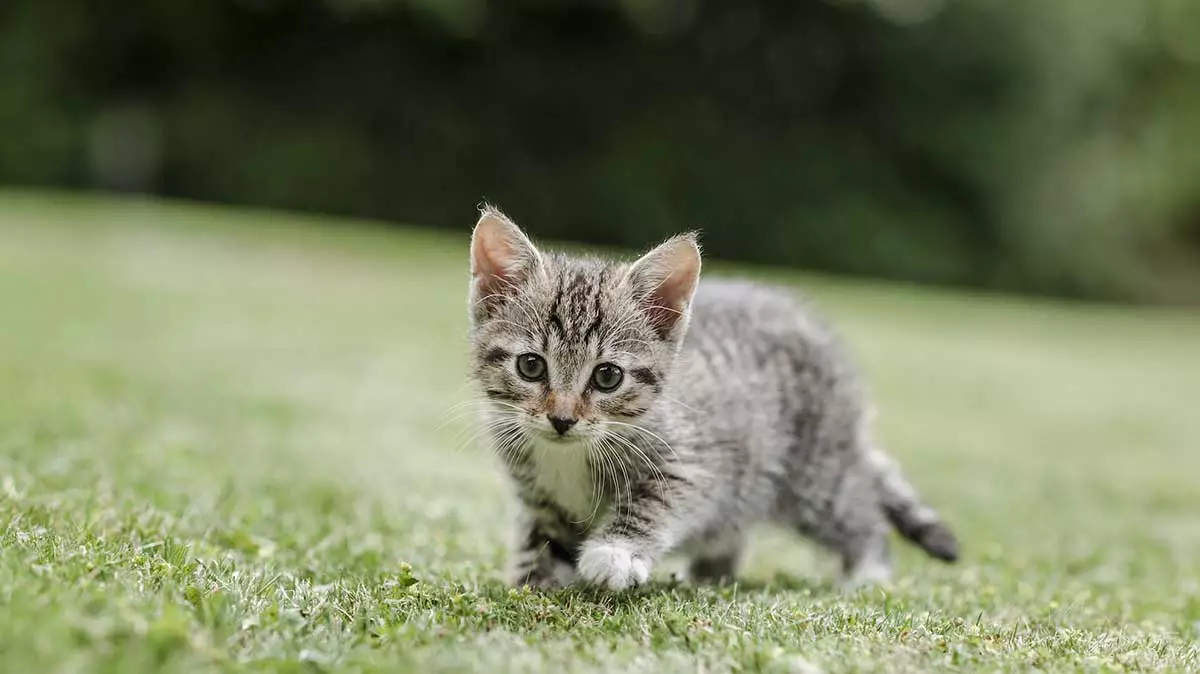
“Come!”
As a cat owner you probably know: our beloved cat will surely come when you call her, but only if she feels the urge to do so or smells a full bowl of juicy pieces of a delicious meal.
With a little training, you can drastically increase your level of success – of course if your cat is in the mood to train.
If you lie tired and sleepy on the radiator, it can reduce your chances of success. Teach your cat the “Come!” Command: sit in front of her and show her a treat in your hand.
When the cat comes to you, say for example “Come!” – it is important that the order is always the same – and give it when you get one of the delicious treats.
Sit down and repeat this up to ten times – the end of the first workout.
Tip: If your tiger cub is following you to get to the tasty pieces faster, throw the piece two meters away and adjust the distance again.
In one of the next trainings, you can just say “Come!” And hide the treat – if the cat comes, give her the reward she wants, and if that doesn’t happen, you have to take a step back.
Tip: With this exercise, a clicker sound signal is not necessary, but you can use it additionally: reward your cat with each step in the right direction with an amplifying sound.
Command – Up!
Keep a treat over your cat’s head – most cats automatically sit on their hind legs to enjoy a small “prey”.
Give your cat a boost with a clicker or a well-known boost when she moves in the right direction – upwards.
The important thing is: do not reward the use of claws, but only attempts in which the cat gives you its paws – otherwise you will get scratches in the future with this trick.
Depending on the desired goal, you can eventually do the following: your cat, for example, should last a short time in that position – always reward her with an extra treat when she stays in that position longer.
Finally, you can associate the command with a desired behavior, such as “Ask” or “Up.”
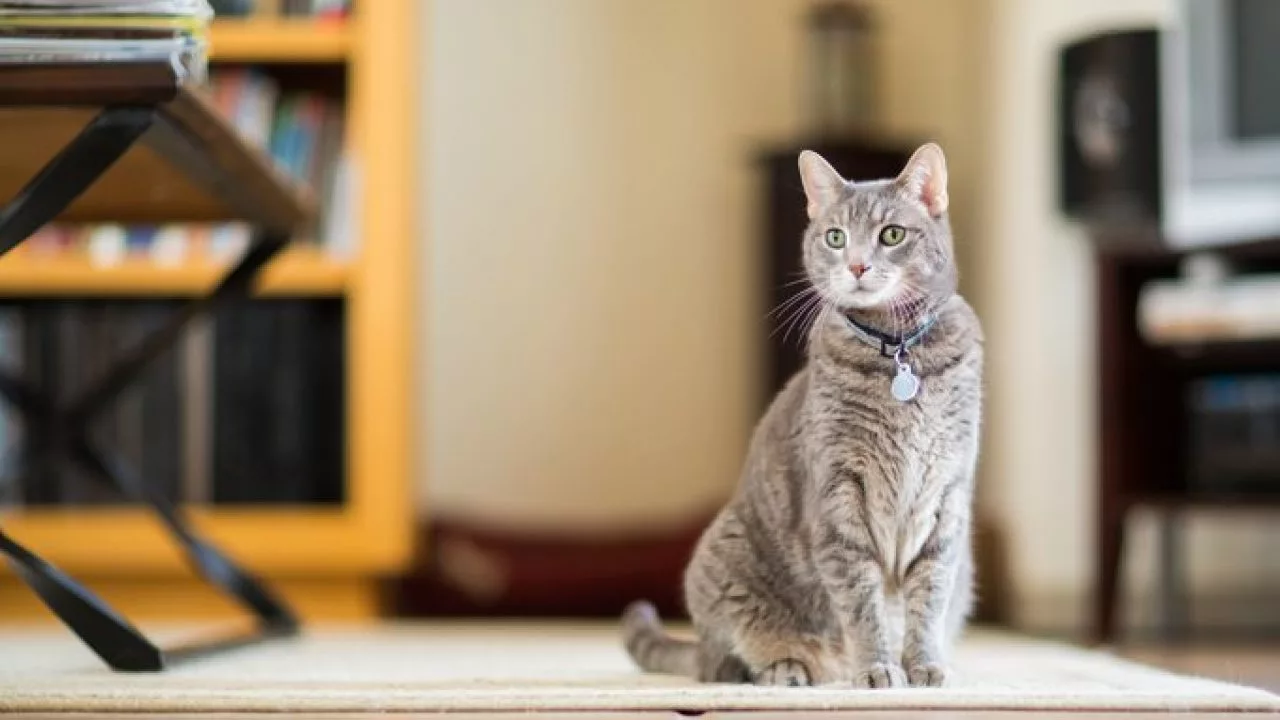
“Sit Down!”
The “Sit!” And “In Place” commands are not only used for dogs!
With the “Sit!” Command, hold a treat or interesting toy over your cat’s head and move it back slightly when the cat notices – most cats will automatically sit down to focus on “prey.”
Reward such behavior immediately with something tasty and sound reinforcing. Another option would be to always reward the cat with a treat or a beep when it accidentally moves to the “Sit” position – remember that this only makes sense when you reward your cat immediately after sitting, not if you have to rush to the kitchen first and look for a treat.
You should always have the prize on hand or use certain situations where you know your cat will be sitting down soon.
This method is called “Capturing” – it positively supports the desired behavior in everyday life. “Sit down!” Is a good starting position for further tricks!
Giving paws
One of the favorite tricks is definitely the “Give a paw” command.
But what can we do to make our cat delicious? At best, she can be in the “Sit” position immediately, because she is in the optimal position.
Sit the cat in front of you, place your hand on the floor, and reward any interest in your hand with a beep or treat. In the next step, we support sniffing the cat on a flat hand – if she sniffs it with certainty during a few exercises, we go one step further: now the cat must give you a paw, before it gets a treat: extend your hand in front of the cat as usual.
If she doesn’t get the treat as she’s used to after sniffing, she’ll experiment and sooner or later touch your hand with her paw – now is the right time for positive reinforcement!
Now extend the reward time, in which you will reward “Give a Paw” after two or three seconds and finally slowly raise your hand. If your smart friend masters this, you can use the command.
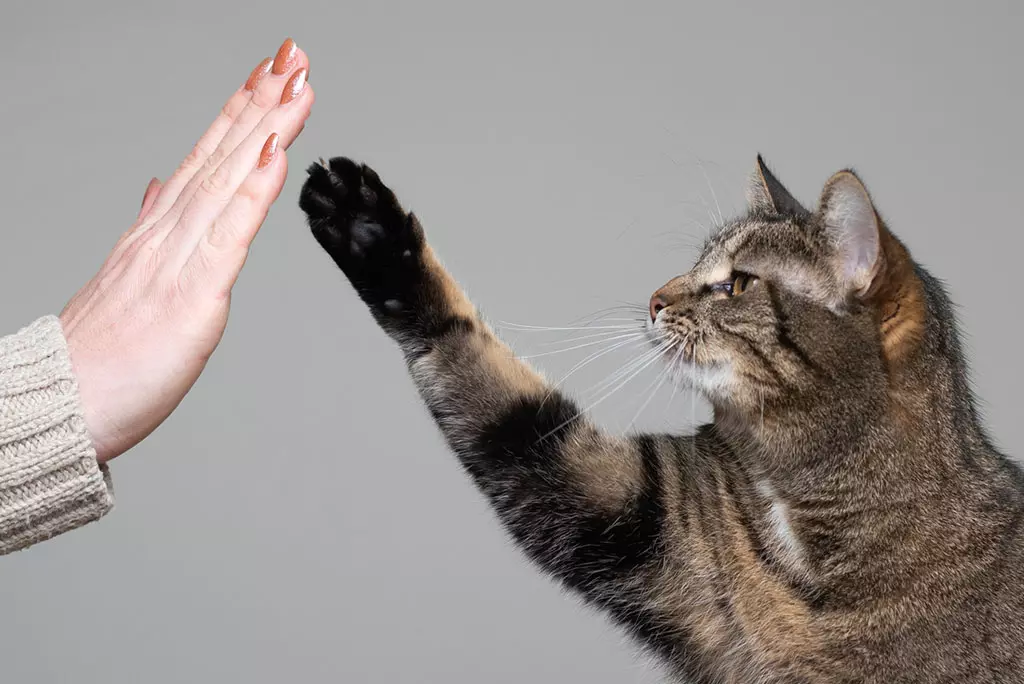
Give Me Five
For the famous “Give me five!” Trick, your cat should already be able to do the “Sit” and “Give a paw” tricks.
Then, there are only a few steps to the desired “Give five with a paw”: simply with the trick “Give a paw” raise your hand more and more and turn it to the position “Give five”.
Reward your four-legged training partner on that path step by step with a beep and a treat.
If the cat gets annoyed, go back to “Give a Paw” one more time before slowly continuing again. When your cat has mastered the trick, you can say the command – or simply use an outstretched hand to do so.
“In Place!”
There are many possibilities to teach your cat the command “In place!”.
So, for example, you can take a treat in your hand and lay it lightly on the floor and hold it – your cat will probably lie in front of it at some point – first give it a treat at the first sign of descent and always lure it to a lying position.
Support the desired behavior with the usual beep. If the cat has realized what is expected of it, you can use the command – a gesture with the hand pointing down is particularly appropriate here.
You can also use Capturing as an alternative to the “Place!” Command (see “Sit!”) – for example, if you know that your pet will join you before a relaxed evening on the couch.
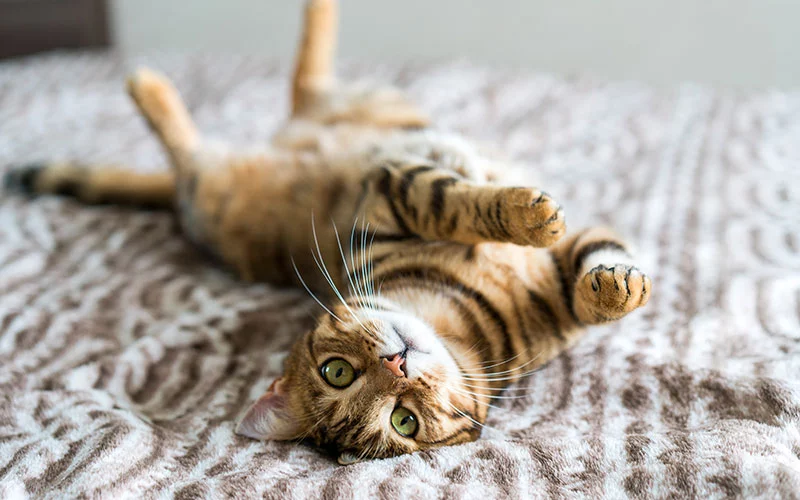
Rolling
The starting point for this trick is the command “In place!”.
If your cat is lying in front of you, move your hand slightly over it so that it can follow the hand with its gaze and turn sideways on its back.
Do not hold a treat in that hand, but reward each movement in the right direction with a small treat as well as a sound signal – until the cat plays the whole role.
Rehearse the role always from the same side! If you want to perform a trick on both sides, you need to train separately on both sides, which could initially confuse your cat. If your cat has learned a trick, you can give a command or express it with a wave of your hand.
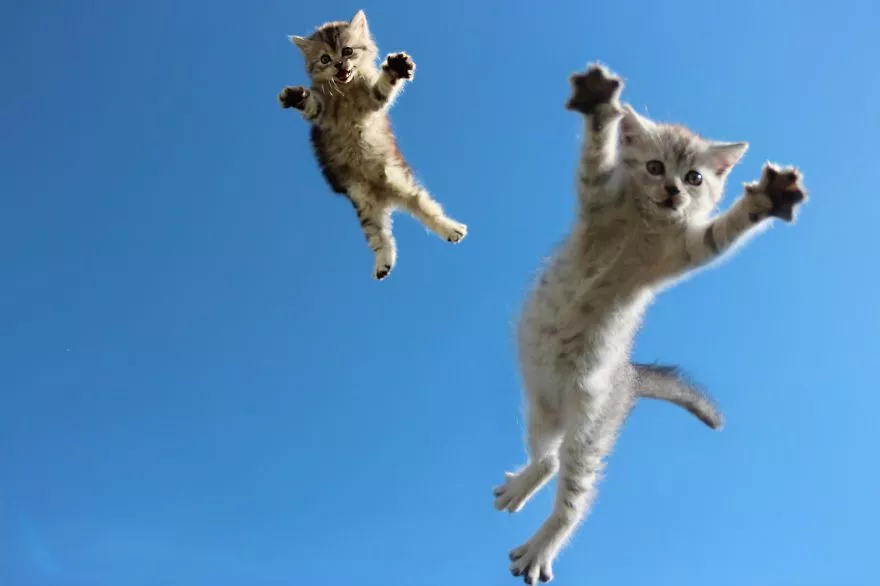
Jumping
When the cat is standing in front of you, hold the hoop near the ground in front of it and lure it with a treat to pass through it.
Be patient if the cat is still a bit skeptical at first. If you are sure of passing through the hoop, lift the hoop a little higher and slowly raise it until the cat has to jump to get through it.
If the cat passes under it, take another step back.
Attention: hold the hoop only as high as your little friend can jump without any visible effort and make sure the floor is not slippery.
Tip: Alternatively, your cat can use your outstretched hand to jump. If these tricks suit the cat, you can raise the hoop or arm or issue a command like “Hop!”.
Slalom
In slalom riding, with a close connection between the owner and the cat, some coordination on both sides is required.
The goal of this exercise is for the cat to pass through its owner’s outstretched legs. Much like jumping through a hoop, a cat can be lured step by step with a delicious treat in the desired direction and through your outstretched legs.
In doing so, the cat should always start from the back of the legs.
Practice moving slowly and be very patient. Of course, be careful not to accidentally step on the cat’s paws – walk very carefully forward.
A few more tips for the end: fun is always at the forefront of any cat training. It is best to train with your cat on a daily basis or every other day for a few minutes. You can also set a fixed number of treats per training series.
Always keep in mind: time is of the essence – reward the behavior you want right away! Always finish the exercises with a sense of accomplishment for the cat, even if it means going back one step further.
If your training partner licks the fur during exercise, you should also take a step back – such and similar behaviors cause a change in activity and show that your pet does not know what is expected of him.
Repeat the familiar tricks regularly so that your cat does not forget them.
The tricks learned can certainly be integrated into everyday life: is the cat hungry and waiting for a delicious meal? Then let her do a little trick before putting a full bowl in front of her.

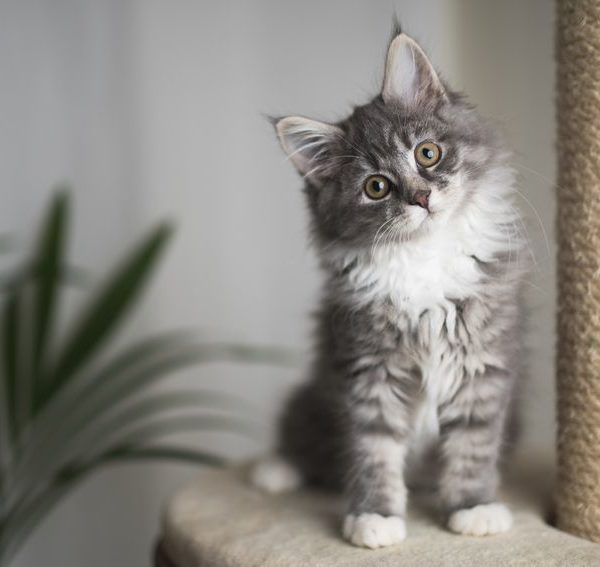

Leave a Comment